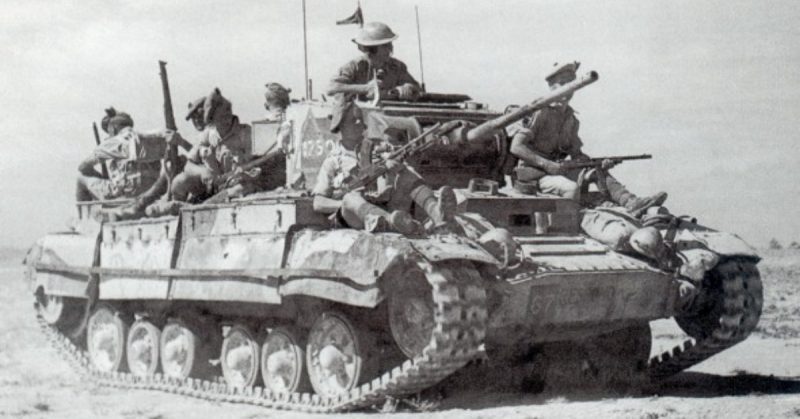A great deal has been made about the reliability of German tanks, but there is more to the equation. Some tanks might look better than others on paper, but that wasn’t the only factor that dictated their use.
Tanks are used by soldiers in combat, in combination with other weapons systems, according to a strategy dictated by leaders. Their numbers on the battlefield are often determined by the production capacity of the factories, production decisions made years earlier, and the availability of other strategic supplies during the war. That is where the comparison between British and German tanks becomes interesting.
British Tanks
Before the war, the British excelled at building light tanks. These were designed for constabulary duty across the empire such as in Egypt and India. The Imperial Staff considered the Mark VI the best light tank in the world, and it saw service in training and some North African battles before World War II.
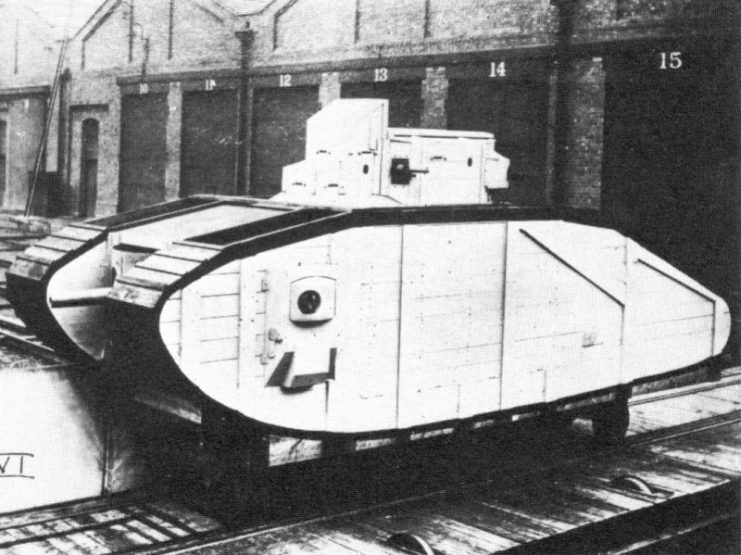
Early in the war, the British focused on infantry support tanks. Since these would move with the infantry, speed was not a factor and they could have heavier armor. The main drawback for British tanks was the strategy under which they operated.
Because German tanks were used for penetrating offensive operations, by contrast the British tanks lacked their speed. They also did not have a gun bigger than the two pounder for trying to penetrate the armor of other medium or heavy tanks.
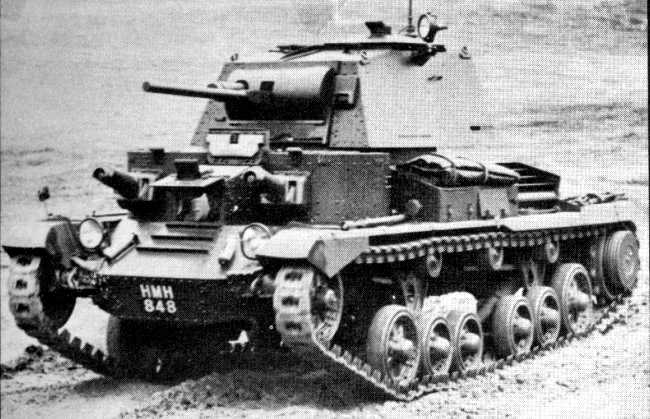
The Cruiser MK1 was a faster and more effective medium tank. But even this was outclassed by German tanks like the Panzer III. It wasn’t until later in the war, when production ramped up on the more effective Valentine and Churchill models, that British tanks started to be effective.
The Valentine, in particular, became known as a reliable and well-protected vehicle. It was still an infantry support tank so it was slower than its German counterparts.
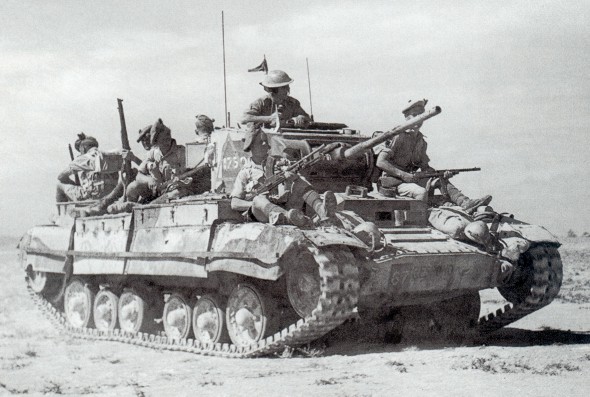
Like the Cruiser and the light tanks, its two pounder gun was decent against inferior Italian tanks, but lacked the needed punch against German tanks until it was upgraded to a six pounder.
The Churchill was one of the heaviest Allied tanks in the war. It had good armor and an excellent chassis that gave it good off road capability. It was roughly equivalent to the Panzer IV in the German army, though it was still only mediocre compared to super tanks like the Tiger.
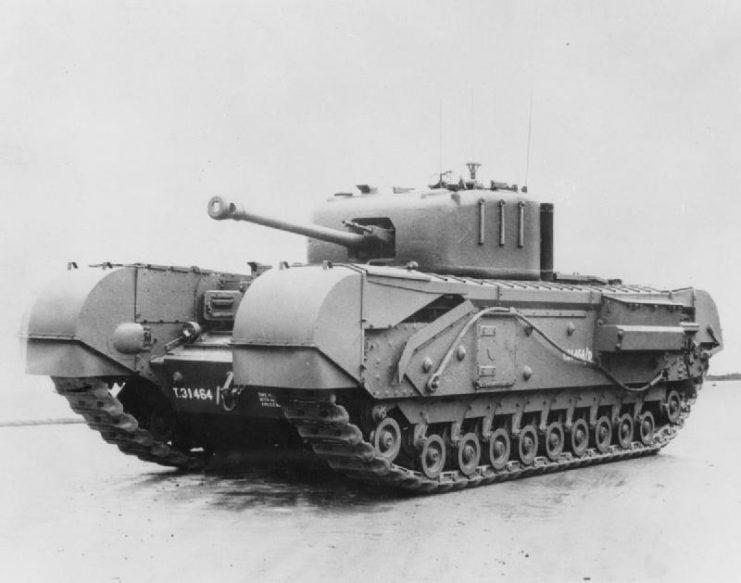
German Tanks
The Germans started the war with good, reliable tanks, and guns that were often slightly underpowered. But due to the demands of the battlefield, later in the war they often rushed production of heavier tanks with a load of mechanical problems.
They essentially threw prototypes into battle that had significant teething problems. Tanks like the Panther were often reported to require ten hours of repair for every one hour of operation. Later in the war those problems lessened, even as the lack of supply became a grave issue.
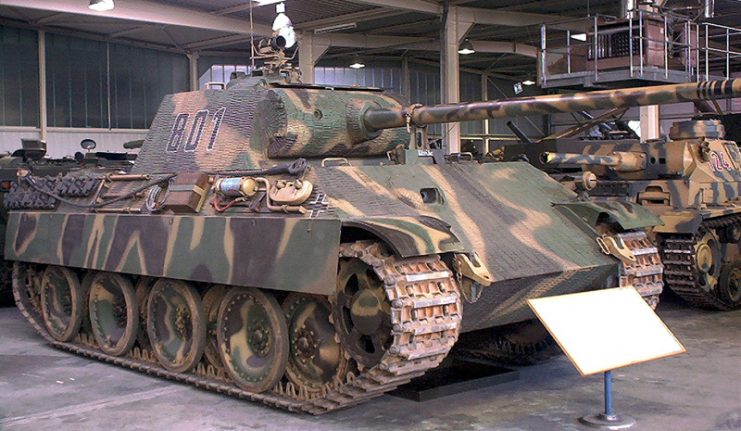
The King Tiger later in the war was one of the most feared tanks fielded by the German army. It combined the thick armor of the Tiger I with the sloping armor of the Panther medium tank, which along with a powerful gun made it extremely potent against other tanks on the battlefield.
But it wasn’t without flaws. The engine to move this beast required vast amounts of fuel for a nation suffering from shortages, and it was slower than the Churchill fielded by the British.
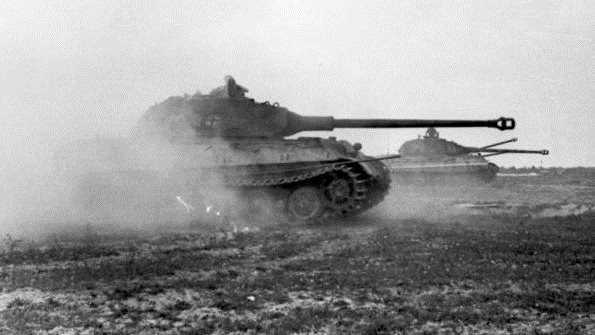
Early in the war the Germans had the advantage of using superior tanks with a blitzkrieg strategy that hadn’t been seen before. But even those superior tanks had a weakness.
While the Germans’ armored and some infantry divisions were motorized, their supply and logistics divisions were not. As a result, spare parts for the tanks that inevitably broke down had to be delivered by horse and carriage.
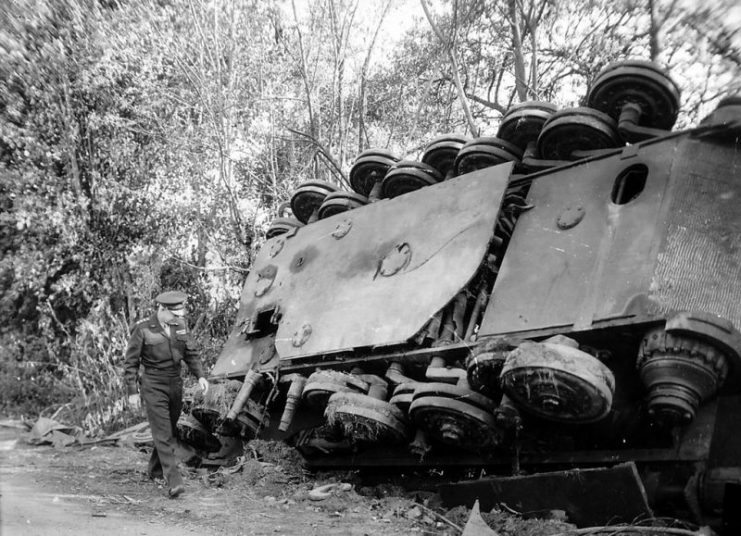
Later in the war the Germans were short on vital items like fuel, which magnified their general lack of logistics. That meant that late in the war, such as at the Battle of the Bulge against British tanks, the German tanks that appeared super on paper often had little fuel and spare parts in reality.
The engine of the Tiger tank in particular often required extensive replacement of its gaskets, which limited its utility on the battlefield.
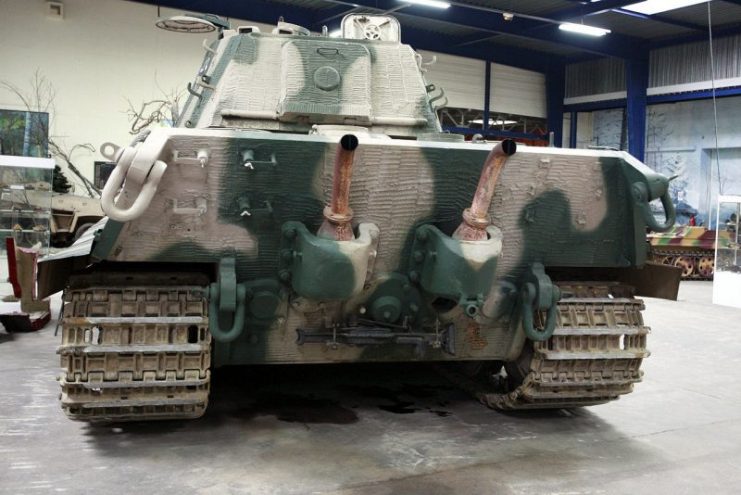
Conclusion
In summary, the tanks of both nations were a combination of positives and negatives that resulted in mixed performances. The decisive factor often had little to do with design, but more to do with the amount of supplies and logistical support they received.
The Germans had some tanks that were incredibly complex. They received a reputation for breaking down, but that was often a result of supply issues and fielding tanks before they had been tested and refined.
Read another story from us: Was the Panther Really the Best Tank of WW2?
The end result is that on paper, the tanks were often fairly similar in design and durability. The British had their fair share of clunkers and “what were they thinking” designs, particularly early in the war with their light infantry support tanks. And the Germans had some reliable workhorses.
But once thrown into battle the German weaknesses in supply became apparent, and this created the impression that their tanks were not as durable.
